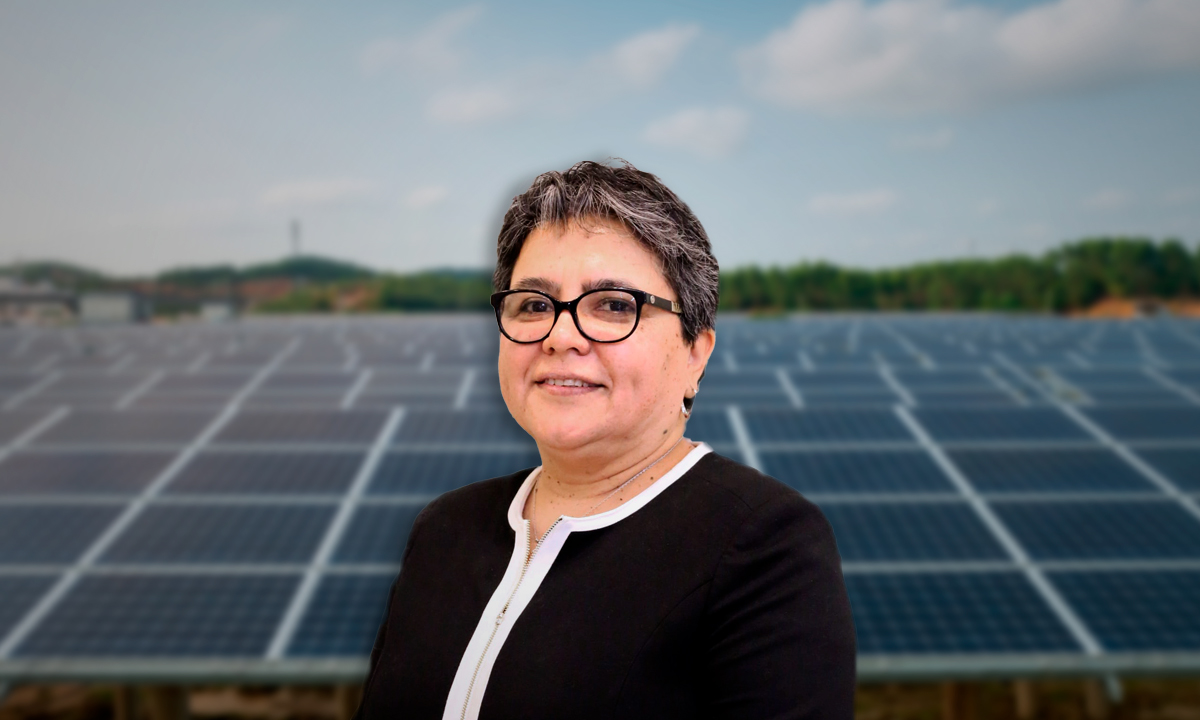The economy • is worse than we think • Alejandro Gomez-Temez – Alejandro Gomez-Támez

In recent days I have heard some opinions from those who believe that the Mexican economy is in a better position than the American economy. This belief arises because in 2022, the United States has accumulated two consecutive quarters declining at a quarterly rate, while the Mexican economy continues to grow, albeit at a very low rate. As we will see in this installment, the Mexican economy is one of the few economies that has not been able to recover its pre-pandemic level and everything indicates that it will hardly do so in the remainder of the six-year period; In addition to the fact that we still carry a structural burden that prevents us from growing at the rates we need to reduce social backwardness.
I wrote in my editorial last week that unlike the United States, which saw GDP decline at a quarterly rate in the first two quarters of 2022 (-1.6% in the first and -0.9% in the second), the Mexican economy is growing compared to the immediate prior quarter. According to INEGI, Mexico’s GDP grew 1.0% in the first and second quarters of this year, although second-quarter data is still a preliminary figure. In annualized terms, Mexican GDP growth numbers look better, at 1.8% in the first quarter and 2.1% in the second quarter (a preliminary figure). But this can in no way make us believe that we are doing a good job or that our economy is in a better position than the United States. It is necessary to be clear and to set the record straight.
Comparing the first semester of 2019 with the same semester of 2022, Mexico’s real GDP is at 1.65% below. This is due to the fact that primary activities (agriculture, livestock, fishing and hunting) show an increase of 1.87%, while secondary activities (such as industries such as mining, construction and manufacturing) are 1.61% below; While higher education (trade and services) is at 1.67% lower than it was in the first half of 2019. Almost all the countries that make up the G20 showed a recovery in the first quarter of 2022 compared to the GDP they achieved in the last quarter of 2018; But there are four exceptions: Italy (-0.3%), Spain (-1.8%), Japan (-2.4%) and Mexico (-2.7%). In contrast, the US economy in the first quarter of 2022 was at a level of 5.1% higher than the level of the fourth quarter of 2018.
From a historical perspective, the average annual growth rate of Mexico’s GDP, between the first half of 2000 and the same half of 2022, is only 1.55%. Of course, other than the fact that we have an unjust economic system with those who have the least, the rate of economic growth observed in the last two decades has not been sufficient to reduce the massive social backwardness we face.
Mexico is said to have a growth deficit of 2.0% and that we are expected to grow at that rate at best unless we introduce new structural reforms that keep our external accounts balance and attract higher levels of investment. In this sense, the International Monetary Fund (IMF) mentioned among the “additional structural reforms” those related to combating informality, private sector energy participation, and changes in business strategy and governance in Petróleos Mexicanos (Pemex).
We know that there will be no structural reforms to this effect in the remainder of the six-year period in Mexico. On the other hand, consistent data shows that our inertial growth in the past two decades is no longer 2.0%, but even less.
Personally, in addition to the low average rate of economic growth over the past 22 years (which has been exacerbated by zero growth for this six-year period) and the fact that there will be no structural reforms to help us improve our performance, I am concerned that everything indicates that In the short and medium term, growth potential will be hampered. This is due to the severe lag in terms of productive investment that has occurred in the last three years.
INEGI data for the first five months of 2022 shows that the physical size index of total fixed investment is 6.0% higher than the 2021 level, but still 7.3% lower than the level observed in 2019. Analyzing the type of investment, we see that it represents the project for construction An increase of 2.1% compared to last year, but 13.7% less than the level of 2019; Whereas, the allowance for machinery and equipment grew by 11.2% compared to 2021 and thus it is only 1.7% more than the level of 2019.
To complicate matters further, we have that a large part of the lower economic growth rate depends on the performance of the US economy, which is the destination of 80.6% of our exports. Or in other words, what we sell to our neighbor to the north is equivalent to 30.7% of GDP and that is why economic hardship will affect us in the end. For many, the recession in the United States, along with our country’s internal problems, has turned on warning lights as to what will happen next year with our economic growth.
In this sense, Bank of America recently warned that the Mexican economy will not grow in 2023 due to the slowdown in the United States, higher interest rates, and increased political uncertainty. Mexican GDP is now expected to grow by 0% in 2023. It should be noted that the Bank’s previous estimate was that we would grow by 1.0% next year. Clearly things are not looking good and the current federal government has turned off the internal drivers of growth that we had. Oh, and as far as what we have left, which is the export sector, they irresponsibly flirt with the possibility that Mexico will abandon T-MEC. The degree of destruction they can cause is incredible.
I want to end this episode with a thought. The great economist Frederic Bastiat asserted, in the nineteenth century, that the true costs of policy-inspired destruction are not what you see but what you don’t see. It’s the investment that didn’t happen, the income we didn’t get, the savings we would otherwise have but couldn’t make, the technologies that might have been achieved, the jobs that might have been created otherwise, art and music. that never saw the light, the progress that would have defined our era we never saw.
Bastiat called this difference between the visible and the invisible. Some sense of abstraction, and some insight that lives in the imagination, is needed to get a complete picture of the cost of economic devastation during this six-year period. We will never know its completeness, but we know it is there, and it can be. The invisible exists only in unfulfilled hopes and dreams. Bastiat said that real economists must see the unseen. This is why the situation is worse than we think. The correct comparison is not how we were, but how we should be.
General Manager GAEAP *
On Twitter: @alejandrogomezt

“Award-winning zombie scholar. Music practitioner. Food expert. Troublemaker.”









